gap between pier and post mount light
drmeow3
13 years ago
Related Stories
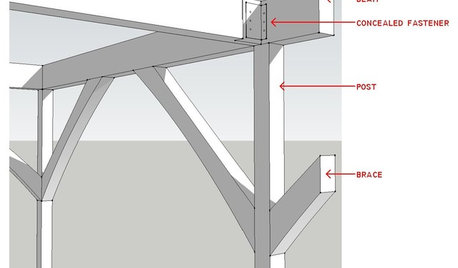
REMODELING GUIDESKnow Your House: Post and Beam Construction Basics
Learn about this simple, direct and elegant type of wood home construction that allows for generous personal expression
Full Story
DECORATING GUIDESSo Your Style Is: Eclectic
This playful, personal home design style shakes up conventions and bridges the gap between other looks. Here's how to master the mix
Full Story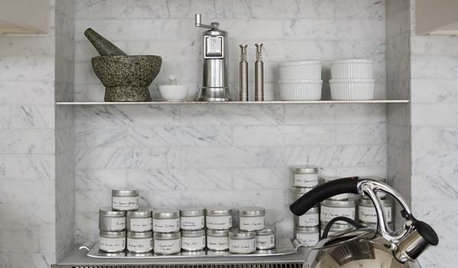
KITCHEN DESIGN24 Hot Ideas for Stashing Spices
Create a Mini Spice Pantry in a Wall, Drawer, Island or Gap Between Cabinets
Full Story
FALL GARDENINGHouzz Call: Show Us Your Fall Color!
Post pictures of your fall landscape — plants, leaves, wildlife — in the Comments section. Your photo could appear in an upcoming article
Full Story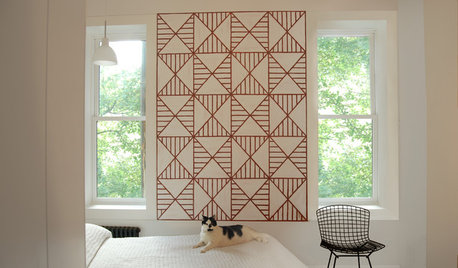
PETSHouzz Call: Send in the Design Cats
Post your best photo of your cat at home, in the garden or with you in your studio. It could be published in a featured ideabook
Full Story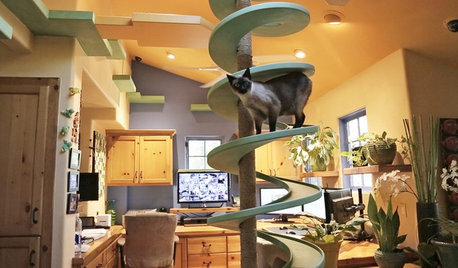
PETSWe Want to See the Most Creative Pet Spaces in the World
Houzz is seeking pet-friendly designs from around the globe. Get out your camera and post your photos now!
Full Story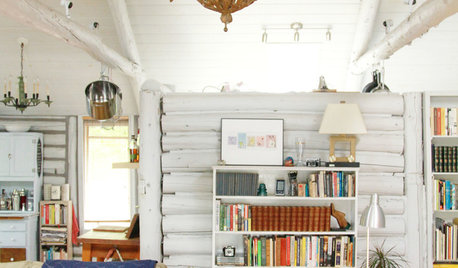
HOUZZ TOURSMy Houzz: A Surprisingly Light Lakeside Log Cabin
Light gray paint and lots of natural light take this cabin on a Michigan lake out of moody country
Full Story
LIGHTINGThe Lowdown on High-Efficiency LED Lighting
Learn about LED tapes, ropes, pucks and more to create a flexible and energy-efficient lighting design that looks great
Full Story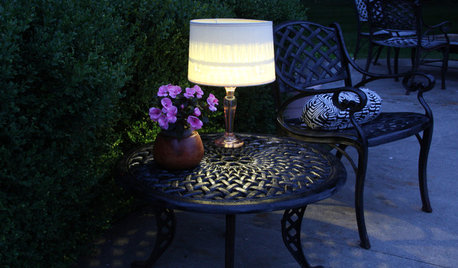
DIY PROJECTSLight Up Your Night With an Easy Outdoor Table Lamp
Hit up Goodwill and the hardware store to make this lamp for a deck or poolside patio in minutes
Full Story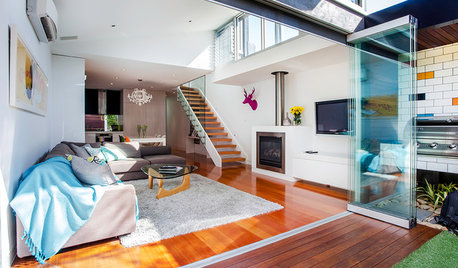
CONTEMPORARY HOMESHouzz Tour: Home Looks to the Sky for Light and Space
A Melbourne Victorian gets a bright contemporary addition that adds living space and an indoor-outdoor connection
Full StoryMore Discussions






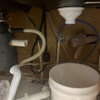
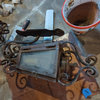
brickeyee
drmeow3Original Author
Related Professionals
Arlington Handyman · Hanover Township Kitchen & Bathroom Remodelers · Centereach General Contractors · Exeter General Contractors · Hanford General Contractors · Lakewood General Contractors · Longview General Contractors · Berkley Painters · Fenton Painters · Fillmore Painters · Midlothian Painters · Panama City Beach Painters · Wyckoff Painters · Westmont Painters · Calumet City Paintersdrmeow3Original Author
brickeyee
drmeow3Original Author
sdello
drmeow3Original Author